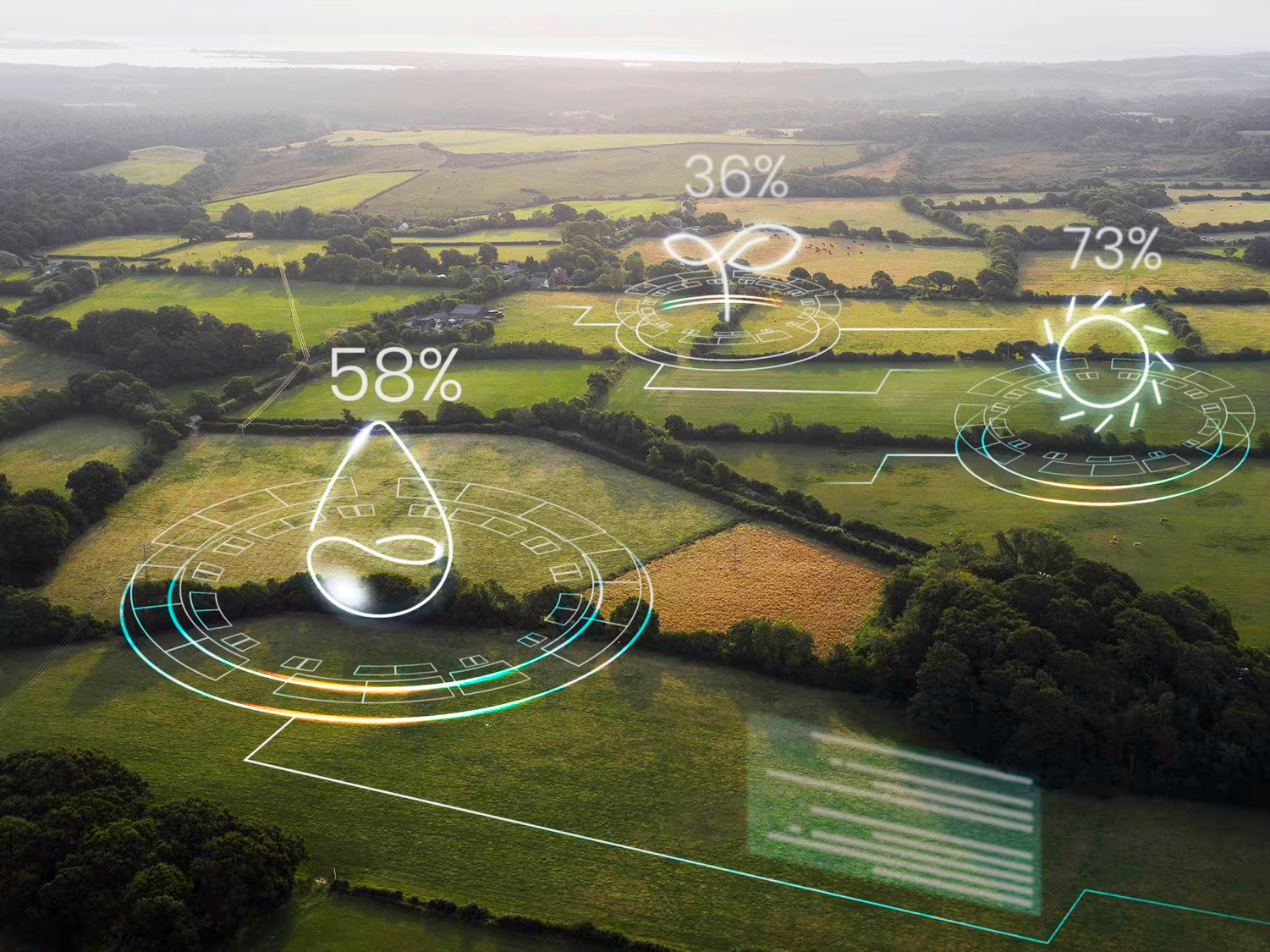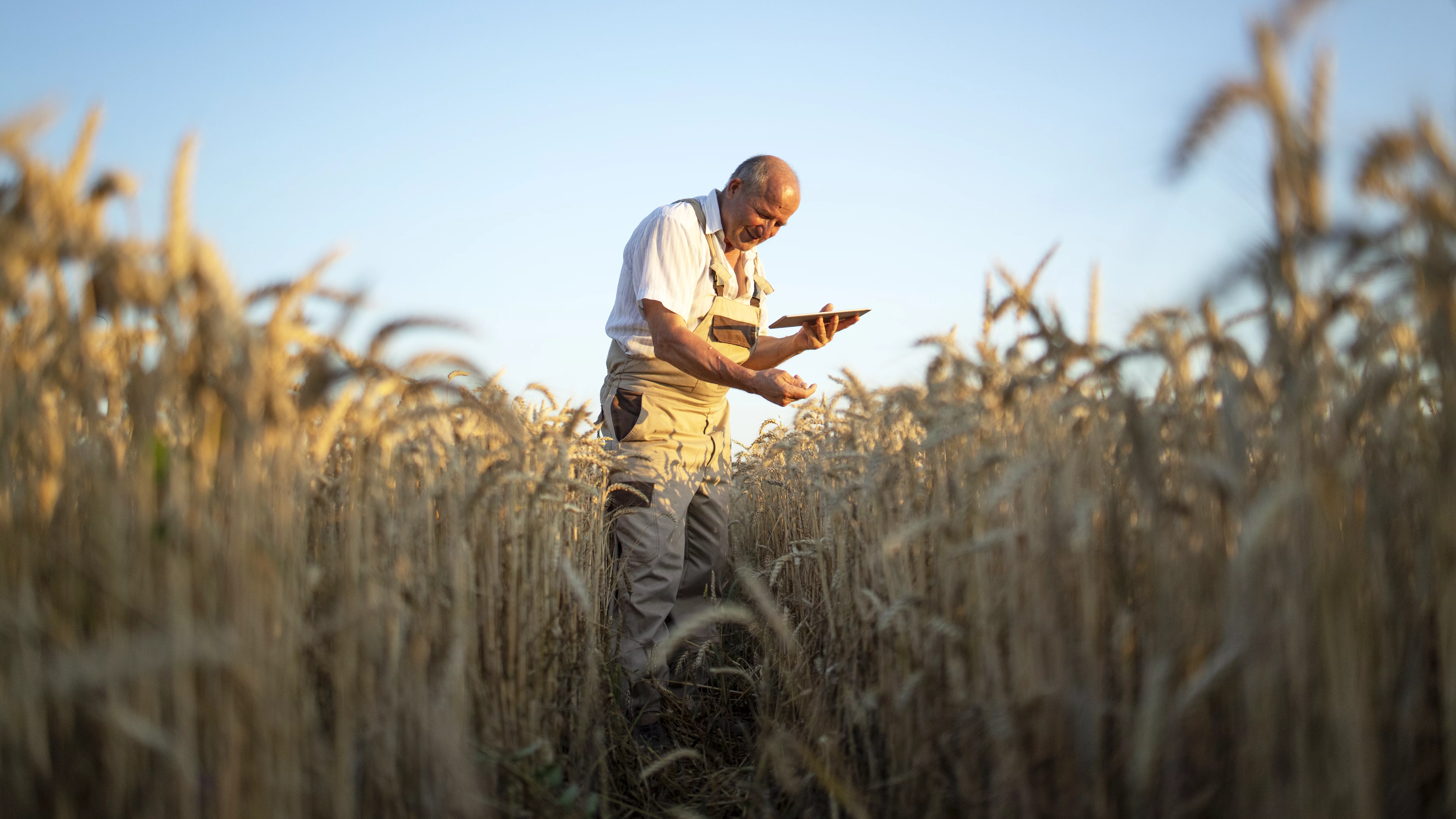Our ambition:
To position ourselves at the interface of research, education, agricultural production, and industry in order to become a catalyst for digital solutions in agriculture.

Our objectives:
- Develop agricultural supervision tools to optimize production processes. These tools must be effective while respecting environmental standards and ensuring sustainable energy use.
- Provide expertise on the best technologies for the entire agricultural value chain, taking into account ecological factors (energy frugality, environmental preservation, and data security).
- Train future generations in digital agriculture professions — through initial and continuing education, conferences, seminars, and online courses.
- Represent a space for exchanges and interactions between industry professionals, educators, researchers, farmers, students, and communities, to stimulate innovation and the search for sustainable digital solutions for agriculture.
Unifying the ecosystems of agriculture, academia, and digital technology

Our method: co-construction
The method within the H@rvest Alliance is co-construction, which involves uniting the ecosystems of agriculture, academia, and digital technology to develop applied research and training projects for digital agriculture. This collaborative approach brings together experts from various fields to work jointly on creating innovative solutions and fostering the emergence of talent. We place particular emphasis on the frugality of technologies, the security of data exchanges, and data sovereignty.
Three areas of intervention
The Alliance focuses on the following key areas:
Sensors and Data Management
What sensors? How to manage, share, and control data?
The use of sensors in agricultural activities allows for the collection of vast amounts of data on climate, soil, crop health, animal well-being, and more. However, there are risks associated with these new technologies, particularly related to data management. Not only could France’s agricultural sector be at risk if it becomes dependent on services provided by large foreign companies, but the conditions under which data is transmitted and used are not always transparent.
In response to these observations, the H@rvest Alliance aims to address the following questions:
- How is agricultural data collected?
- What data is collected and through which sensors?
- Which sensors should be prioritized in terms of efficiency and energy frugality?
- What is the economic value of data based on its uses and potential outcomes?
- How can data be made available in Open Source?
- Finally, how can digital sovereignty be ensured at the national and European levels?
Decision Support
Forecasting, decision-making
The analysis of data collected from sensors allows for the generation of useful information to make informed decisions, adopt more sustainable practices, and reduce costs. This can include weather forecasts, crop growth models, alerts on plant diseases, soil condition assessments, ecosystem services, animal health recommendations, and more.
The H@rvest Alliance’s goal is to identify and support the development of effective and secure decision-making tools to help farmers predict, anticipate, and make the best decisions for their operations.
Training & Knowledge Dissemination
Initial and ongoing training, conferences…
Careers in agriculture are increasingly relying on digital tools, which require specialized skills. It is essential to establish training programs on the use of sensors, data management, modeling, and data analysis, as well as the creation of predictive mathematical models to support decision-making. This need for training is one of the starting points for the H@rvest Alliance, which can rely on the excellence of its academic members to create innovative initial or continuous training programs at the intersection of digital sciences and agronomy. Conferences and seminars will also help share the results of ongoing work with all stakeholders in agriculture and digital technology.

